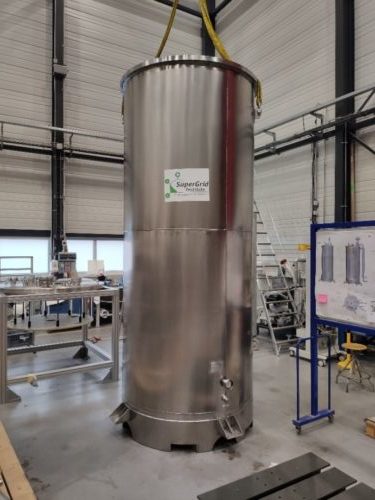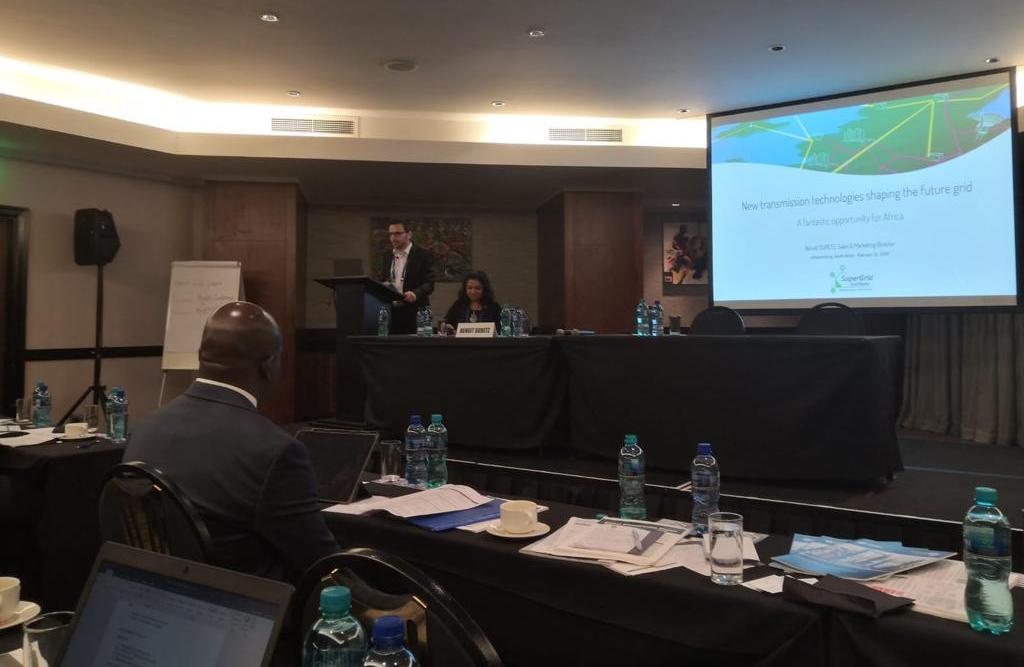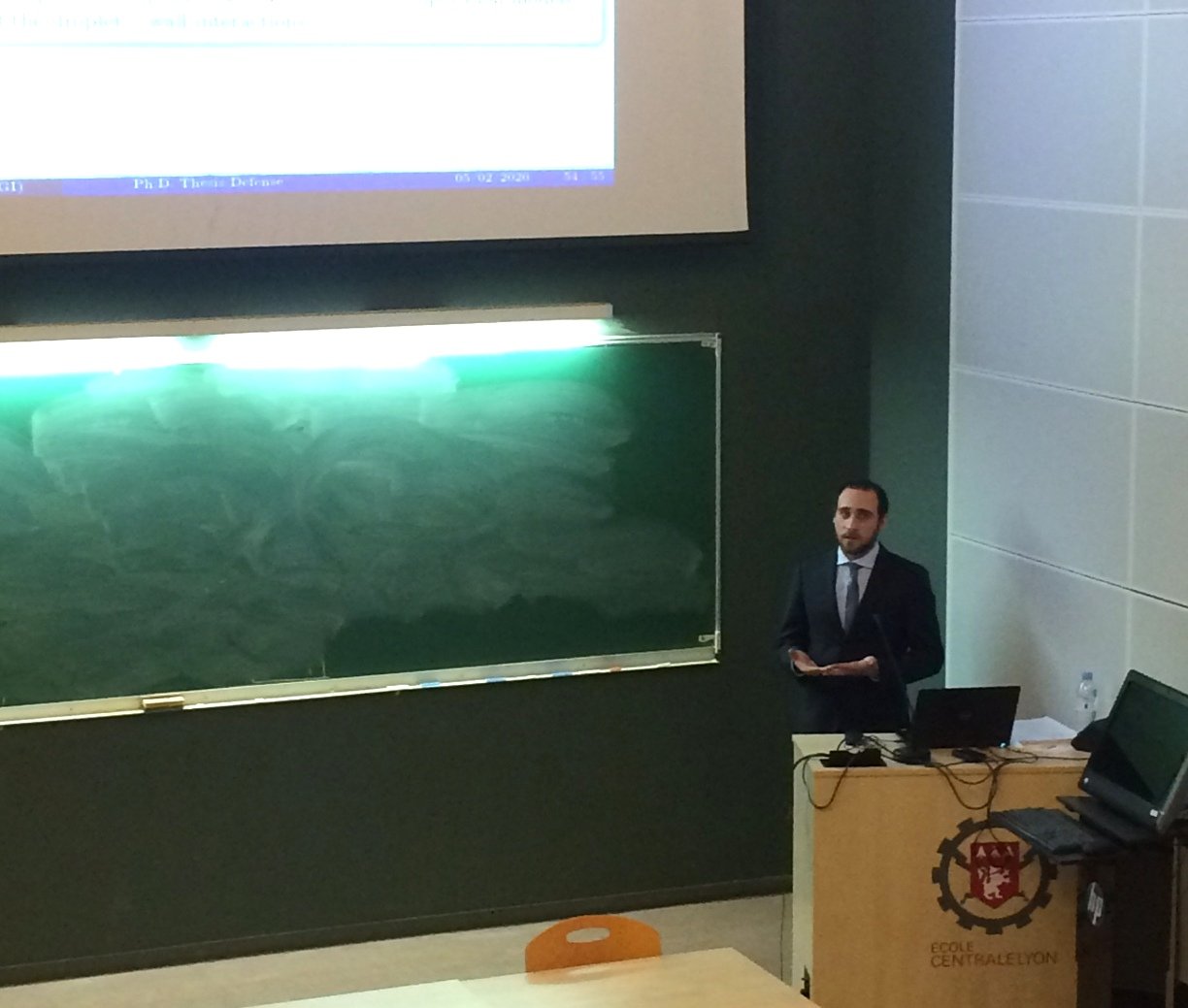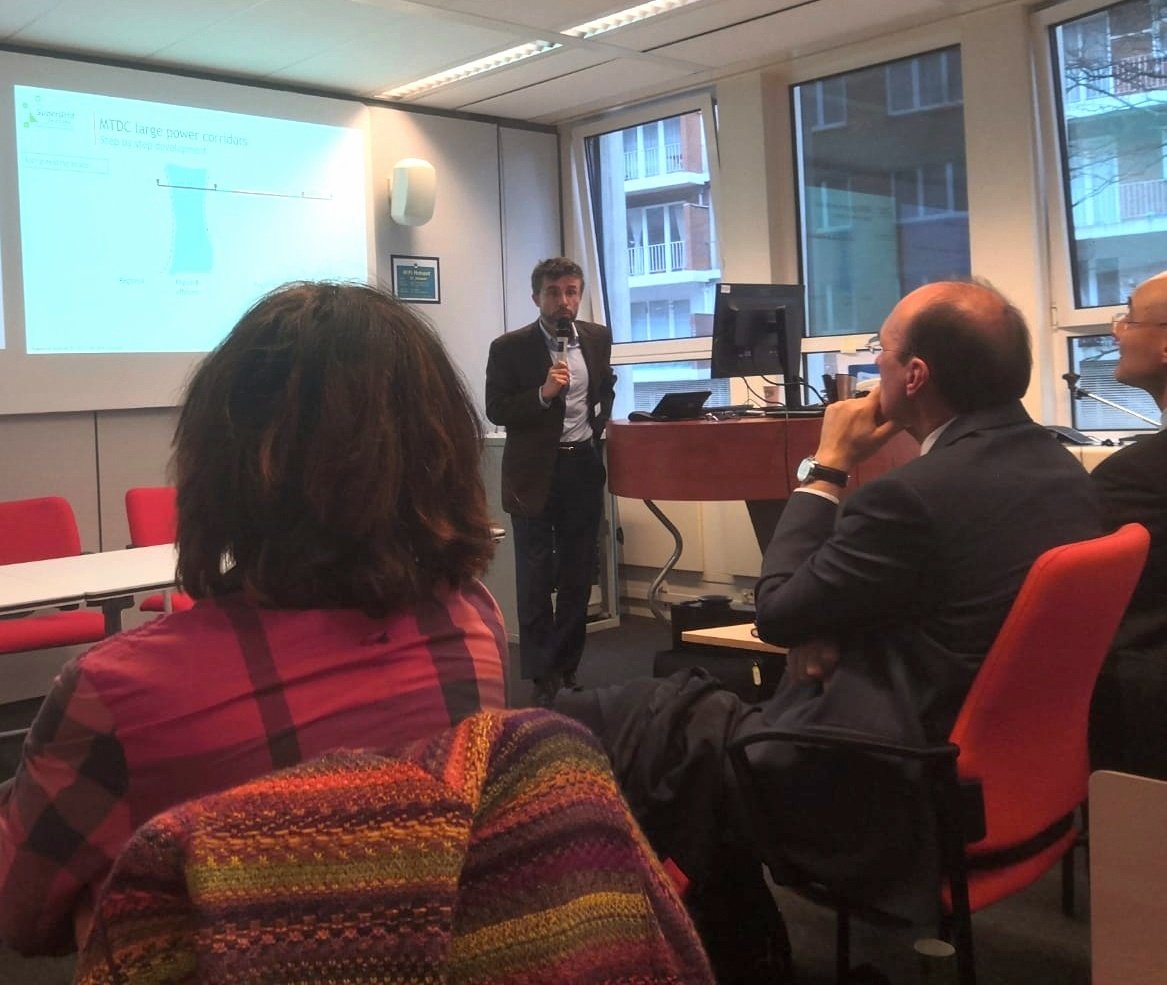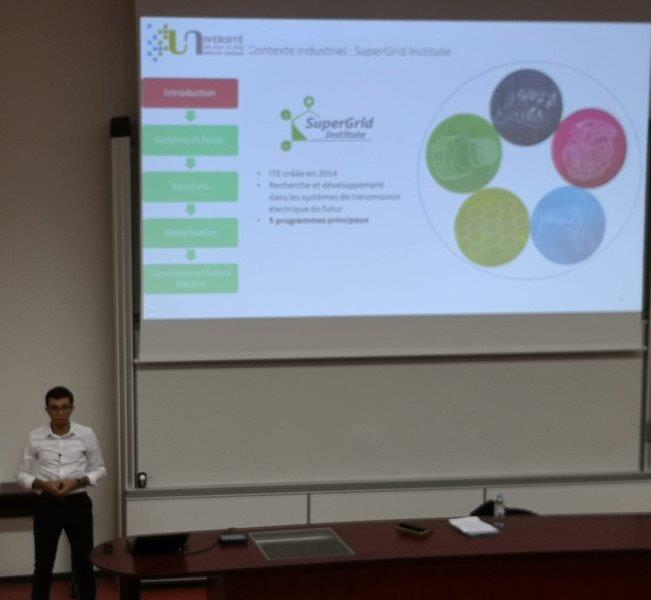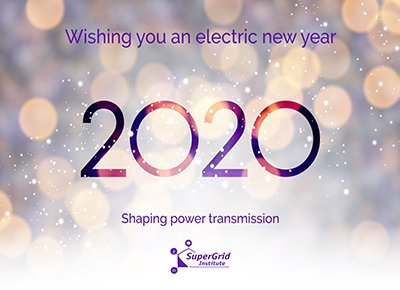Partial Discharge Behavior of Protrusion on High Voltage Conductor in GIS/GIL under High Voltage Direct Current: Comparison of SF6 and SF6 Alternative Gases
Recent studies have demonstrated that fluoronitrile (FN) NovecTM 4710 and fluoroketone (FK) NovecTM 5110 show higher dielectric strength than SF6. These gases can be mixed with a buffer gas such as CO2 and technical air to have suitable dielectric properties for high voltage insulation applications.


